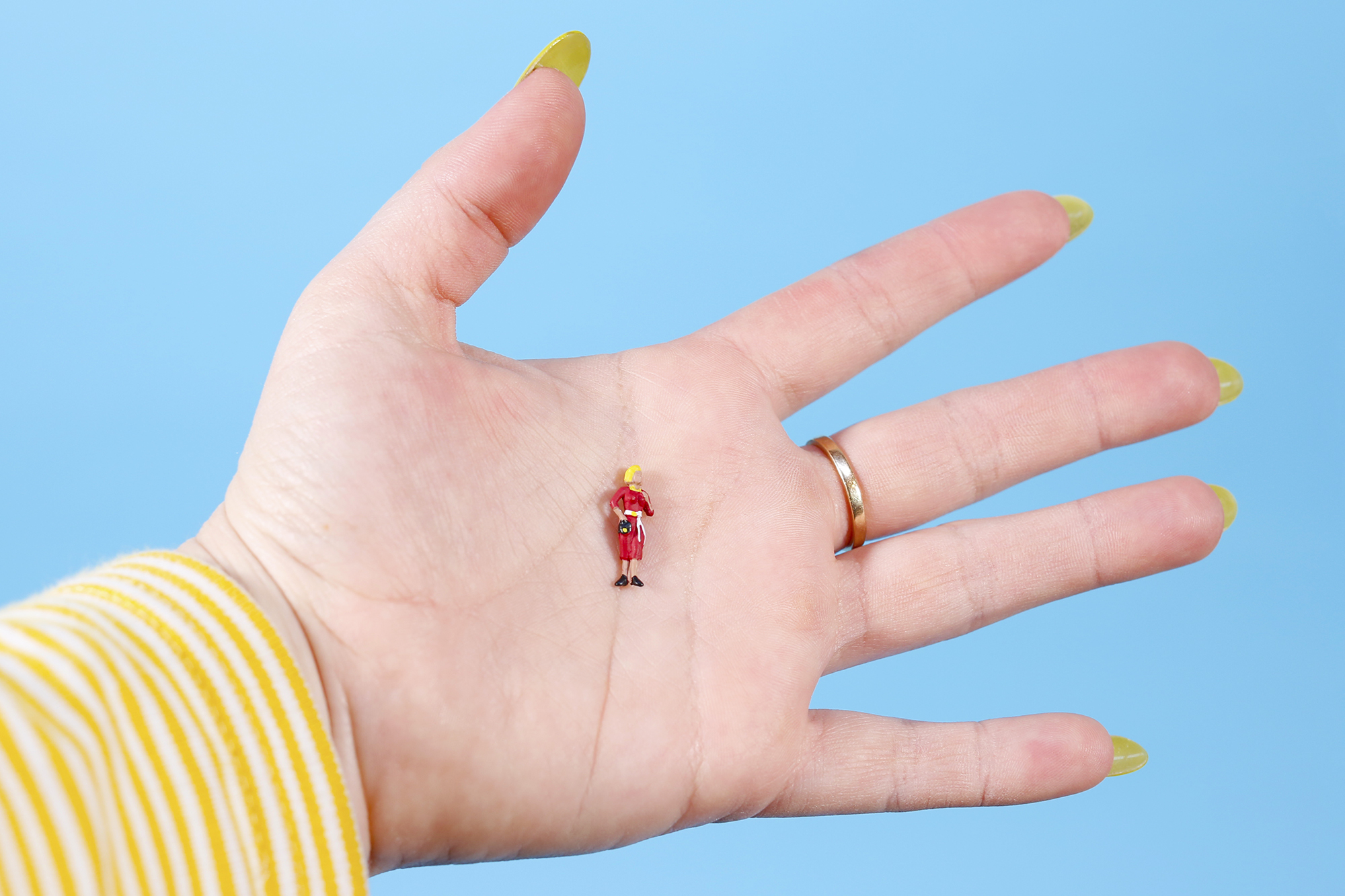Video Projects
Sex Talk: Take your sexual health into your own hands with #MeetTheIUC

When I was about 17, I decided I needed birth control. With little to no experience or knowledge on the different types of medication, I went with the contraceptive patch before realizing the adhesive irritates my skin. I switched to the contraceptive ring, which gave me mood swings like no tomorrow. I didn’t know it then, but as it turns out, knowing your options and being educated is kind of (read: super) essential to overall health.


On Kastor & Pollux’s really fun and really inspiring Youtube channel and social media platforms (are you sold yet?), we launched #MeetTheIUC: a series built around female sexual health and birth control options. We opened up our lines for questions about intrauterine contraception, and y’all served us a massive wave of ‘em (thank you!). In the video series starting with the one below, we go over all the benefits and side effects with Dr. Jenny, but don’t forget to consult your own family doctor to figure out what’s right for you!
Without further ado, let’s #MeetTheIUC with Dr. Jenny!!!
See below for a quick reference on the questions and answers covered in the series~
What are the different methods of birth control?
– The “pull out” method (78% effective)
– Condoms (82% effective)
– Contraceptive pills, patch, and ring (91% effective)
– Contraceptive injection (94% effective)
– Intrauterine contraceptive (IUC) (over 99% effective)
What is IUC, IUD, and IUS?
IUC is an umbrella term for all types of intrauterine contraceptives, which includes the intrauterine device (IUD) and the intrauterine system (IUS). They are long-acting, non-daily forms of birth control that are inserted into the uterus by a physician. Intrauterine contraceptives are generally 1″ T-shaped frames.
What is the difference between the IUD and IUS?
The IUD is a non-hormonal device featuring a copper coil; copper is a natural spermicide that inhibits the movement of sperm. The IUS is a hormonal device that releases a *very* small dose of progestin into the uterus. Both the IUD and IUS also thicken the cervical mucus, making it difficult for sperm to pass through.
What are the benefits of IUC?
The IUC is generally the most effective form of birth control (over 99%); there is little room for human error in regulating the contraceptive as it is left in the uterus for the duration a woman wishes to prevent pregnancy. For example, there is no need to remember to take a pill every day at the same time. They can be removed at any time if a woman wishes to become pregnant. They are also inexpensive compared to other birth control methods. Copper IUDs and hormonal IUSs have different advantages; see below:
Benefits of copper IUDs
– Can be left in the body for up to 10 years
– Is non-hormonal, which means it does not affect mood or weight
– Can be used as an effective form of emergency contraceptive up to 7 days after an act of unprotected sex
Benefits of hormonal IUSs
– Can be left in the body for up to 5 years
– Releases 20 micrograms or less of the hormone progestin a day (less than 0.3% of the dose of other forms of birth control), which means it affects mood and weight minimally
– Can reduce menstrual flow and pain by up to 90%, and may eventually stop periods all together
– As “withdrawal bleeding” becomes lighter, iron deficiency becomes less of a risk
What are the typical side effects and risks of IUC?
The IUC can result in cramping and pain for the first few weeks (or months) post-insertion. Some women experience irregular (heavier or lighter) periods. Sometimes, although rarely, the body will expel the device. IUCs do not protect against STIs.
How exactly is it inserted?
The IUC is inserted by a physician, like your family doctor. A thin tube is inserted into the uterus and the device is slipped in, opening its arms to keep it in place. The string (meant for removal) is clipped about half an inch past the uterus opening, meaning it remains hidden inside the vagina for the duration of use. The string softens with warmth and moisture against the walls of the vagina. Please see episode 3 for full details.
How long is the recovery process? How long until I can have sex again?
The recovery process is different for everybody. You can have sex as soon as it feels comfortable to. See your doctor within 4-12 weeks of insertion for a check-up.
If you’re having sexual intercourse, can your partner feel the IUC? Can tampons or menstrual cups mess up its placement? Can it be pulled out?
Your partner should not be able to feel, move, or remove the IUC during sexual intercourse. The strings may be felt with the fingers. There is a possibility to move or pull out the device using fingers, tampons, or menstrual cups, so it is important to learn how to utilize these safely.
What’s the probability of still getting pregnant?
Two of 1000 women can get pregnant with the IUC.
How easy is it to get pregnant after removing the IUC? Will it affect my chances of having children in the future?
Once the IUC is removed, you will return to your pre-IUC fertility. Most women can get pregnant 4-6 months after removing the IUC. There are no known long-term side effects post-use.
How extensive was the research process for the IUC? How can I be ensured that it’s safe?
The IUC came to market over 20 years ago, and had been researched an additional 10 years before that. It is backed by hundreds of millions of woman-years.
Will you beep through a metal detector at the airport? / Are they MRI-friendly?
No, you will not beep through metal detectors. They are MRI safe, but be sure to tell the physician what type of device you have.

















